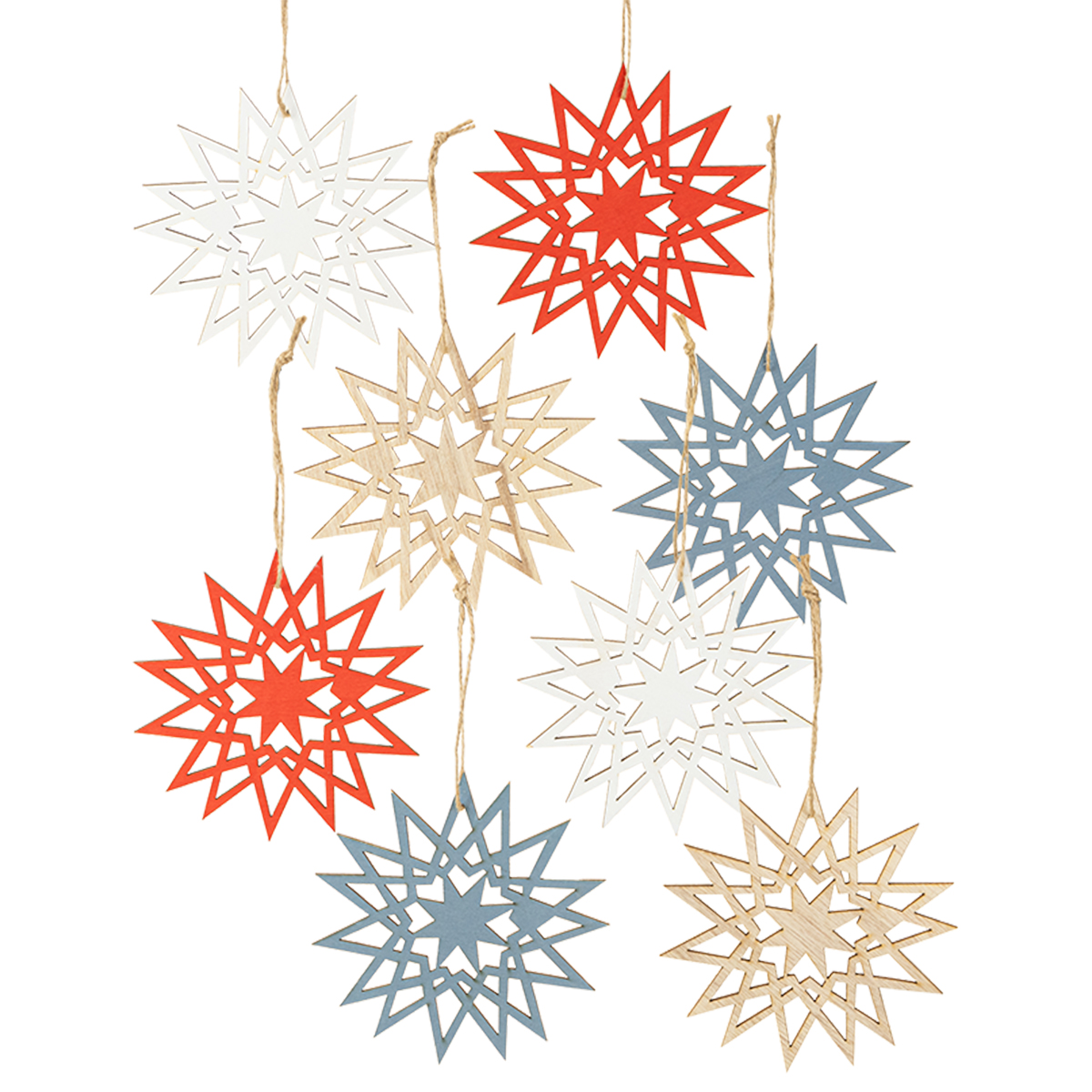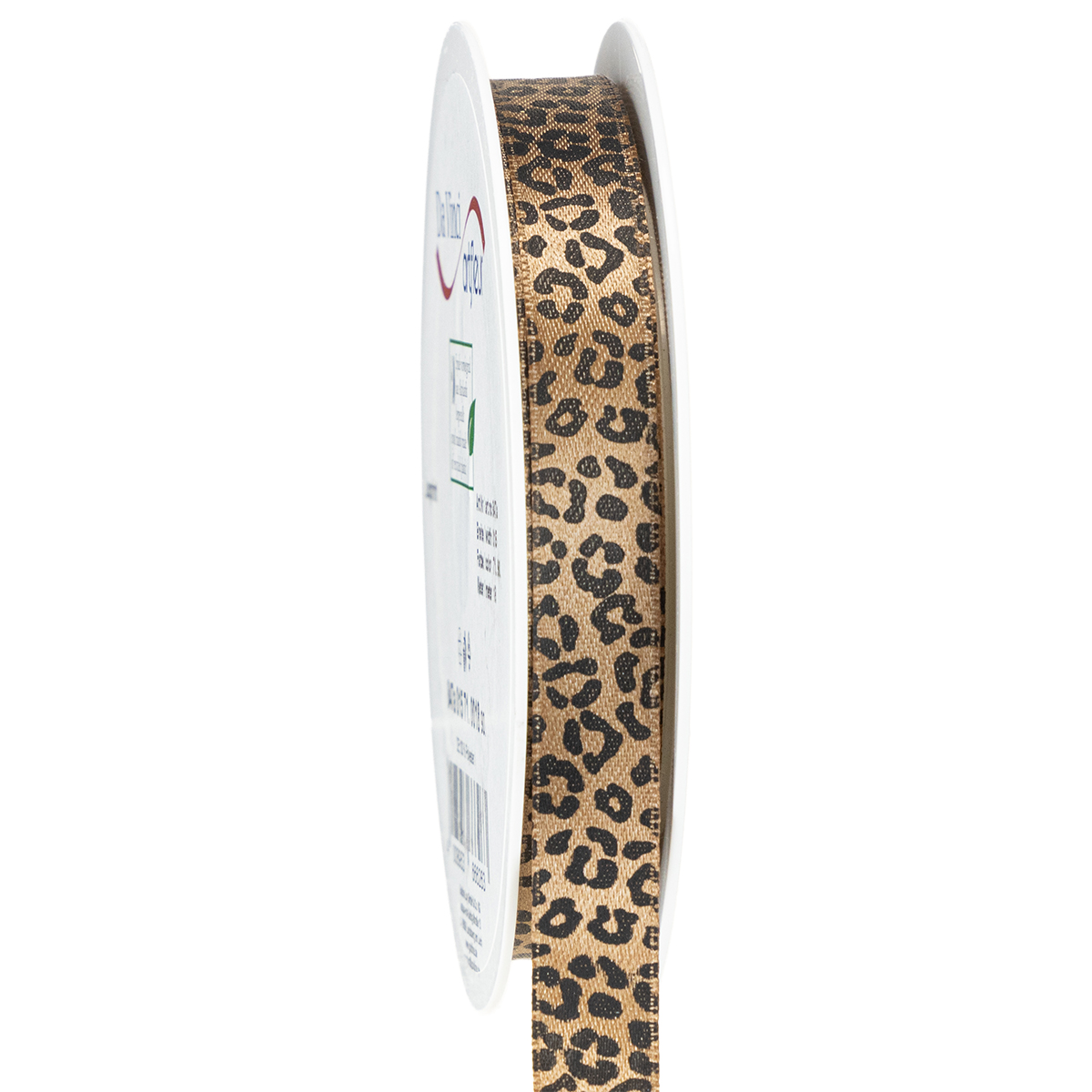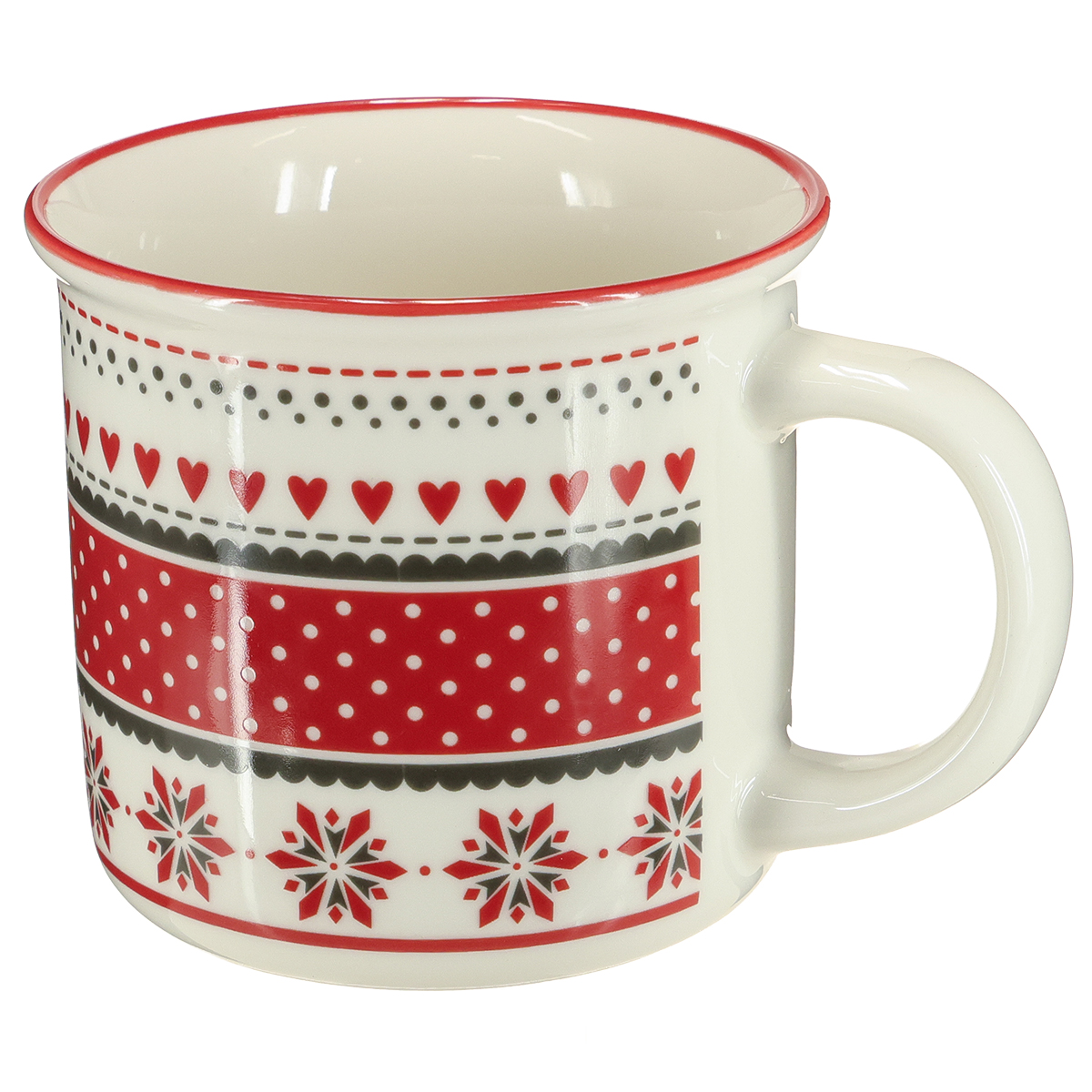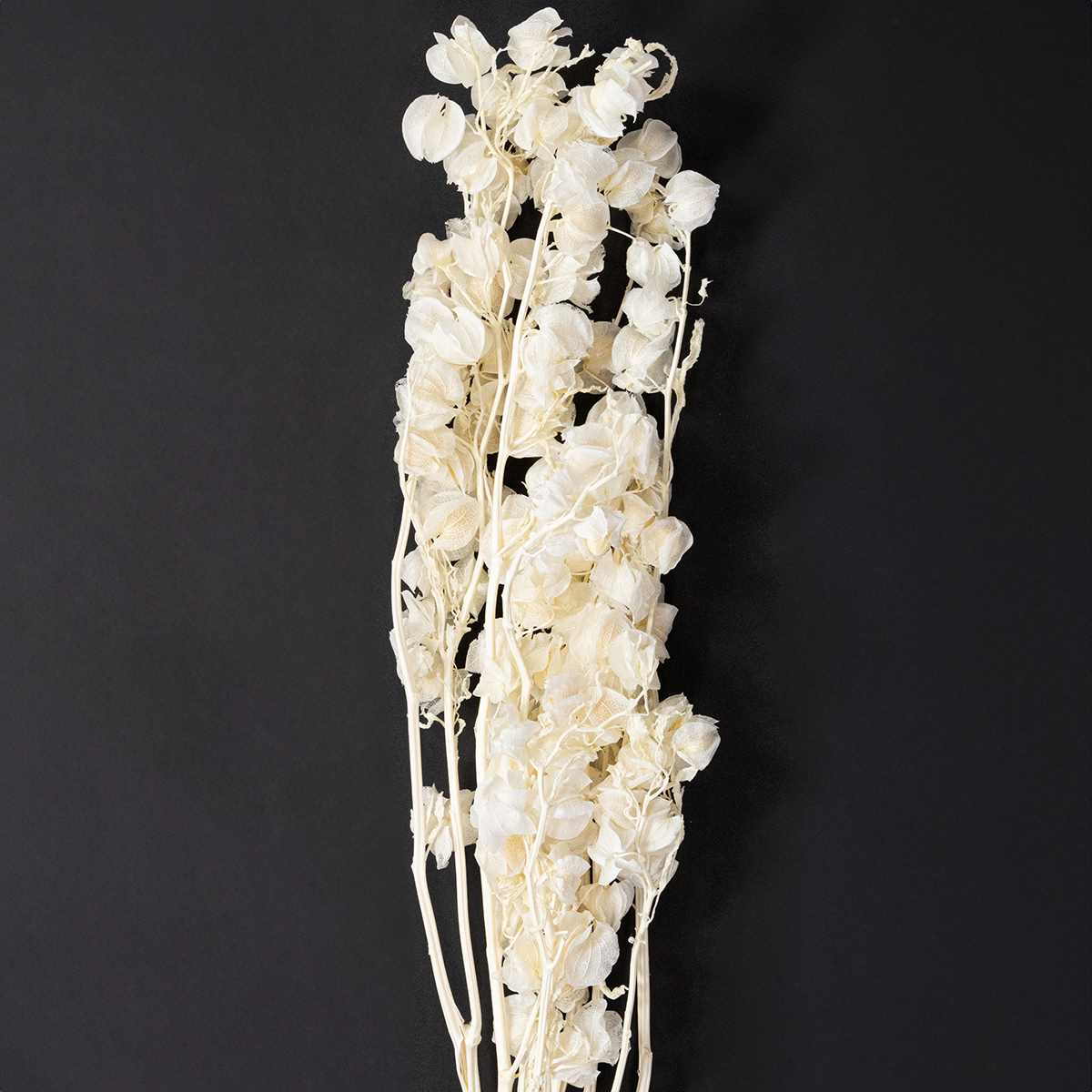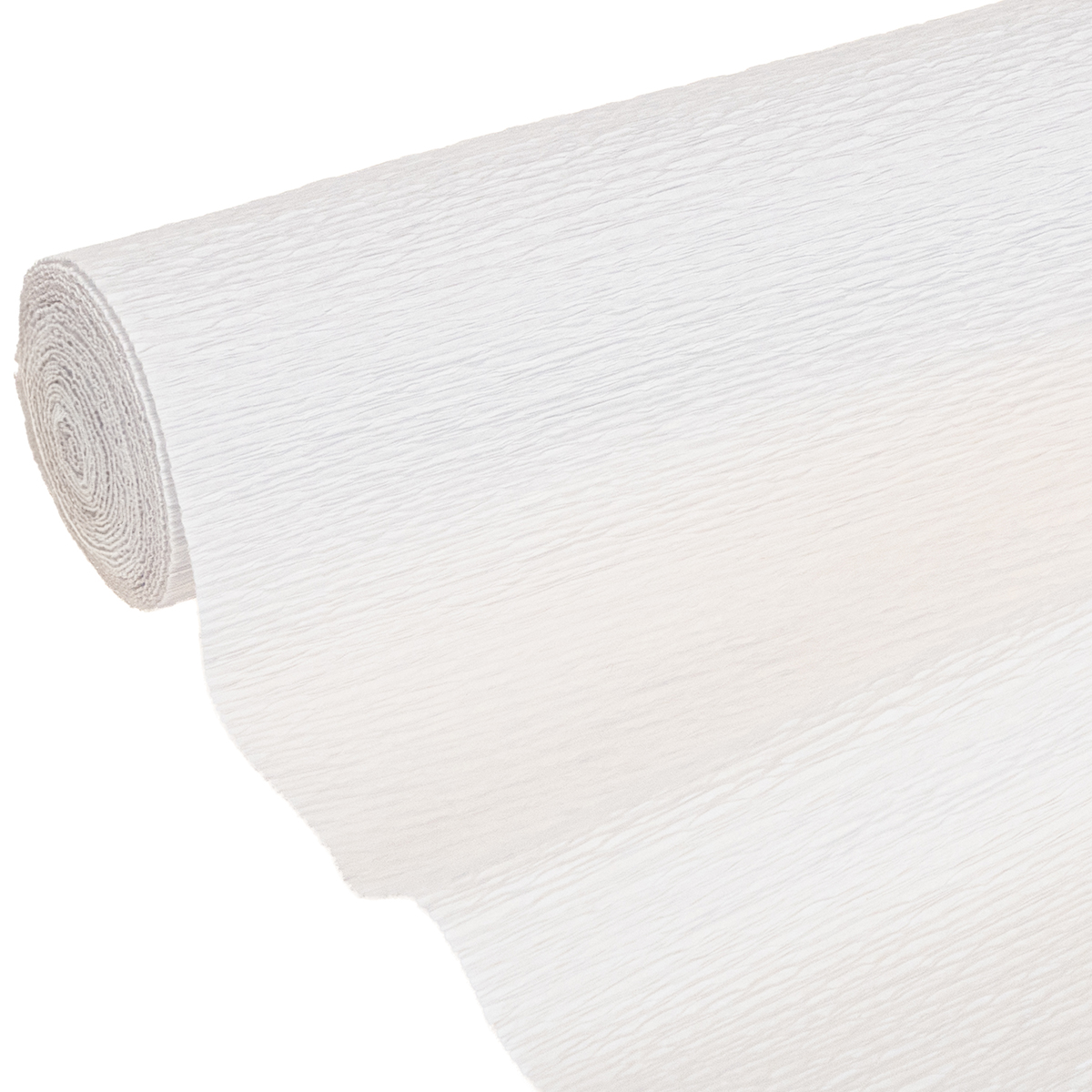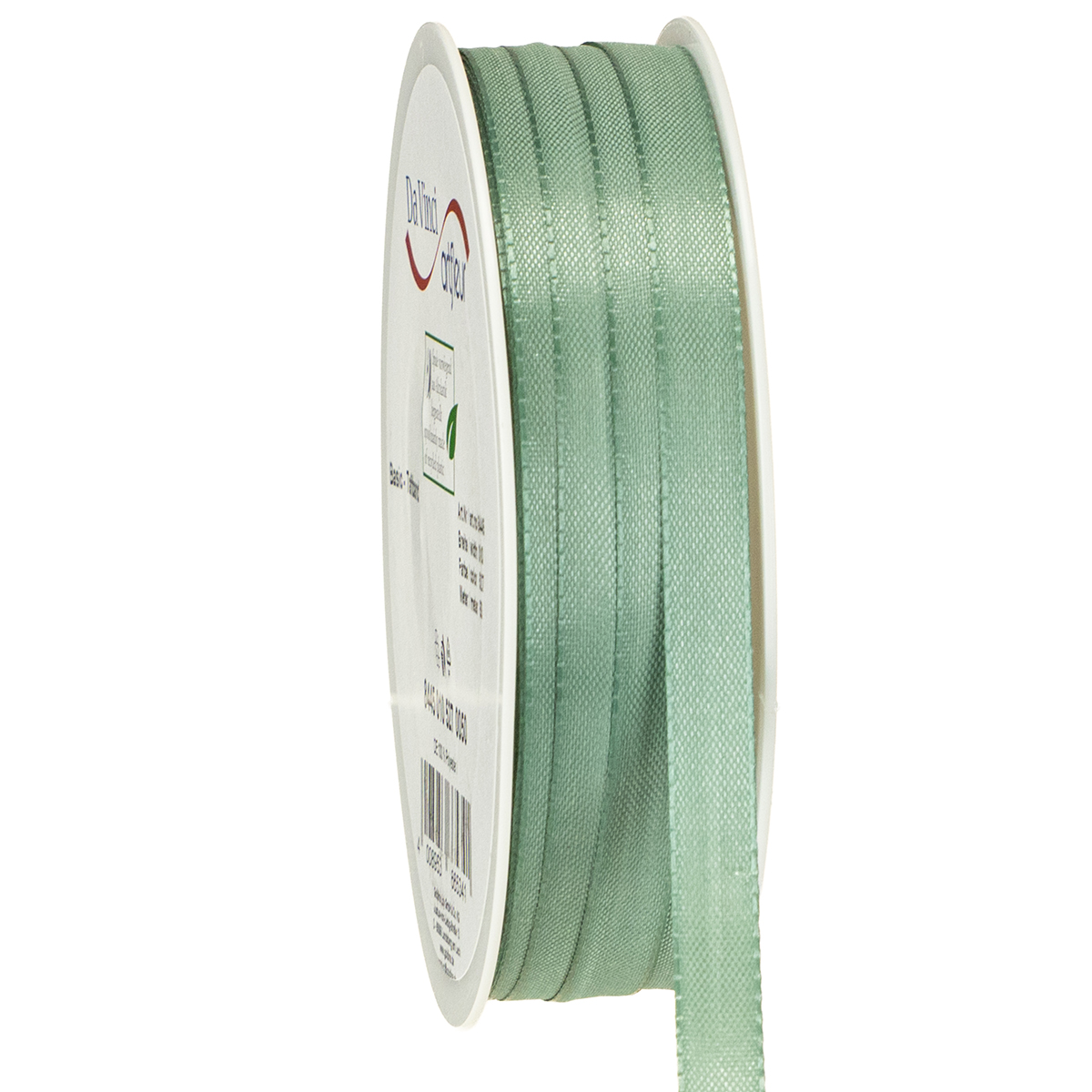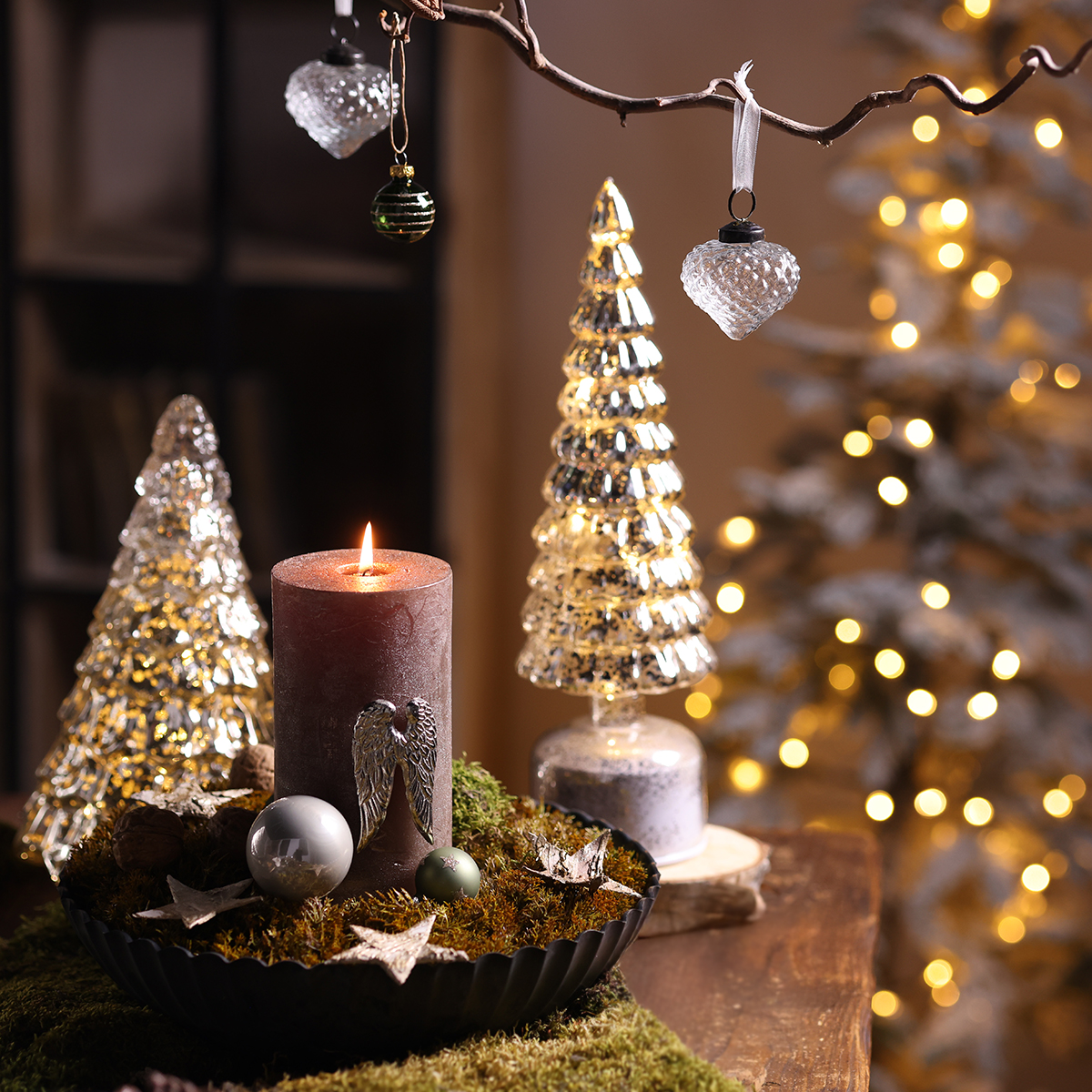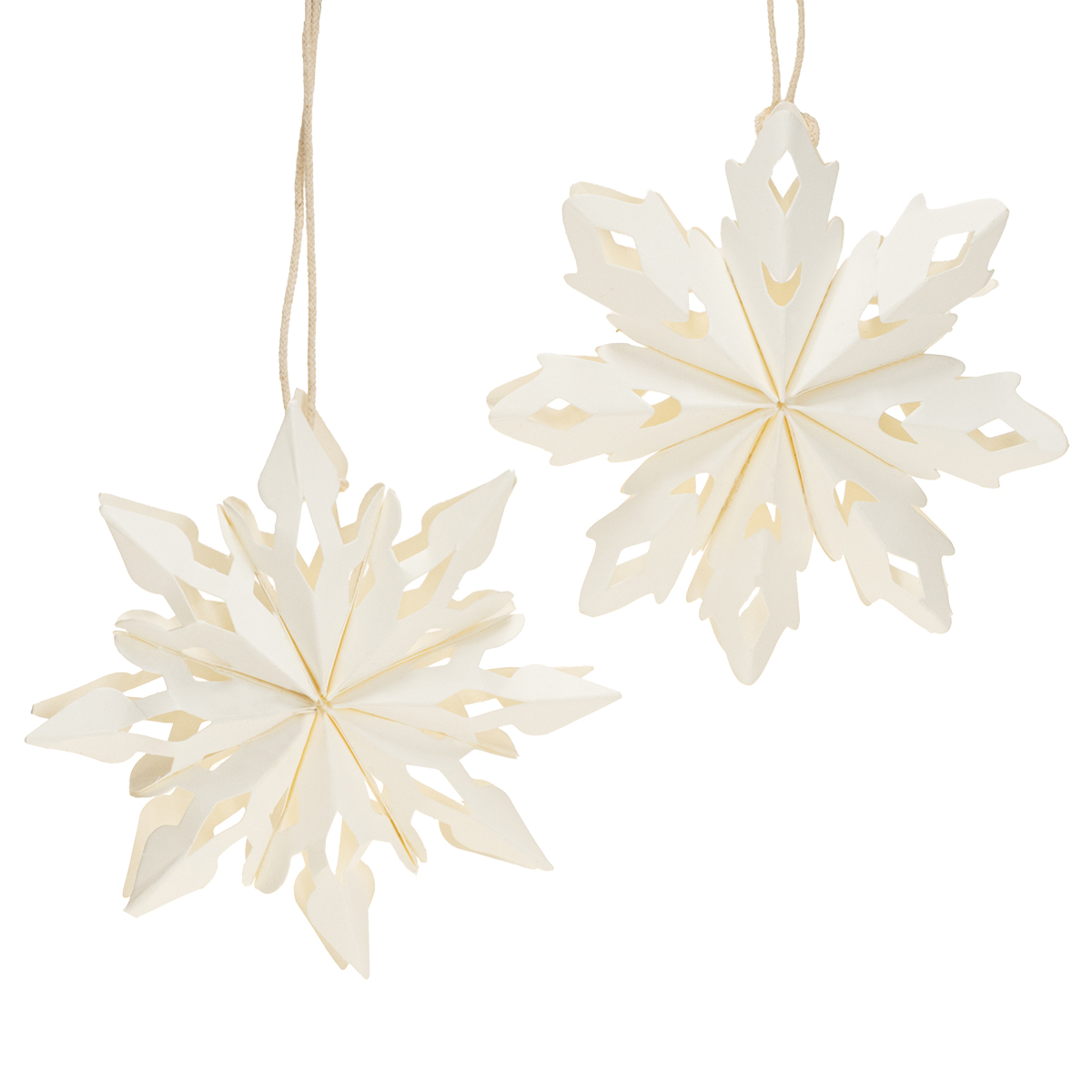Category: F like fall flowers
 The term fresh flowers refers to all flowers in the modern distribution of gardeners and florists who are freshly delivered and whose life is limited to a few days. In essence, the term fresh flowers thus includes all cut flowers that can be purchased individually or bound as a bouquet and thereafter survive a few days or weeks in a flower vase by adding nutrients. As a rule, fresh flowers are separated from the root system in the state of optimal flowering and are sold within one day to the wholesale market before being sold by retailers in the industry. From fresh flowers demarcate are therefore potted flowers and similar plants that are still acquired with their root system and so can thrive for months and years in a private environment. Fresh flowers need a particularly intensive care and a balanced mix of nutrients to delay their slow flowering as long as possible. In public areas such as hotels or restaurants, the use of fresh flowers as a decoration is customary, in these cases, usually a permanent contract with a floristic operation is set up. This ensures the regular, eg weekly supply of fresh flowers to present to all guests always an aesthetic floral decoration.
The term fresh flowers refers to all flowers in the modern distribution of gardeners and florists who are freshly delivered and whose life is limited to a few days. In essence, the term fresh flowers thus includes all cut flowers that can be purchased individually or bound as a bouquet and thereafter survive a few days or weeks in a flower vase by adding nutrients. As a rule, fresh flowers are separated from the root system in the state of optimal flowering and are sold within one day to the wholesale market before being sold by retailers in the industry. From fresh flowers demarcate are therefore potted flowers and similar plants that are still acquired with their root system and so can thrive for months and years in a private environment. Fresh flowers need a particularly intensive care and a balanced mix of nutrients to delay their slow flowering as long as possible. In public areas such as hotels or restaurants, the use of fresh flowers as a decoration is customary, in these cases, usually a permanent contract with a floristic operation is set up. This ensures the regular, eg weekly supply of fresh flowers to present to all guests always an aesthetic floral decoration.
 The term frost-proof refers to a property of plants to continue to thrive even in outdoor temperatures in the minus range and even produce flowers. The term has been established in modern horticulture for decades, but originally comes from the technical and scientific field and is related to components and devices that are used outdoors and are to provide their services even in frost. Whether a plant is frost-proofed or not depends almost entirely on the origin of the respective plant, whereby native plants in Central Europe are accustomed to ice and frost and react in their own ways to the annual climate change. Numerous trees and shrubs drive down their metabolism significantly and thus do not form new leaves or flowers for months, other plants at least maintain their foliage and manage to maintain all the basic functions of the vegetation even under the greatest frost. Among the best known indigenous plants, which are frost-proof and can be used throughout the year in the garden, include various conifers, Erika or the silver leaf. The plants mentioned play an essential role in the Trauerfloristik due to their frost-proof property and allow the aesthetic design of a tomb even over the winter months away. Basically, the term frost-proof is very general, since each plant has its own temperature, from which it can no longer maintain its vital functions in the usual way. Therefore, even at very low minus temperatures, even plants that are usually considered frost-free can freeze to death.
The term frost-proof refers to a property of plants to continue to thrive even in outdoor temperatures in the minus range and even produce flowers. The term has been established in modern horticulture for decades, but originally comes from the technical and scientific field and is related to components and devices that are used outdoors and are to provide their services even in frost. Whether a plant is frost-proofed or not depends almost entirely on the origin of the respective plant, whereby native plants in Central Europe are accustomed to ice and frost and react in their own ways to the annual climate change. Numerous trees and shrubs drive down their metabolism significantly and thus do not form new leaves or flowers for months, other plants at least maintain their foliage and manage to maintain all the basic functions of the vegetation even under the greatest frost. Among the best known indigenous plants, which are frost-proof and can be used throughout the year in the garden, include various conifers, Erika or the silver leaf. The plants mentioned play an essential role in the Trauerfloristik due to their frost-proof property and allow the aesthetic design of a tomb even over the winter months away. Basically, the term frost-proof is very general, since each plant has its own temperature, from which it can no longer maintain its vital functions in the usual way. Therefore, even at very low minus temperatures, even plants that are usually considered frost-free can freeze to death.
 Funeral floristry is understood as a field of floristry that deals with the appropriate selection of flowers, bouquets and arrangements for a memorial service. The funeral floristry is primarily intended to ensure that the memorial service or the design of the tomb after the funeral in a dignified and aesthetically pleasing manner. For this purpose, florists and other service providers in the field of funeral floristry offer coordinated bouquets, flower arrangements and other decorative elements to celebrate the occasion. Over the centuries, various flowers such as white lilies or red roses have been established as elementary components of the funeral floristry, but a florist has other special features to note to the character of the deceased as well as the wishes of the bereaved in the design of the funeral also attractively expressed bring. Many florists who are active in the funeral floristry, also offer floristic care after the burial of a deceased, which is possible, for example in the form of a permanent grave care. Here as well, depending on Christian or profane public holidays as well as the changing seasons, it is necessary to constantly plant new plants on a grave that appear to be aesthetically pleasing and last as long as possible. During the apprenticeship as a florist, every apprentice has the opportunity to become interested in mourning floristry as a subject area and to apply this special knowledge in later working life as an additional qualification.
Funeral floristry is understood as a field of floristry that deals with the appropriate selection of flowers, bouquets and arrangements for a memorial service. The funeral floristry is primarily intended to ensure that the memorial service or the design of the tomb after the funeral in a dignified and aesthetically pleasing manner. For this purpose, florists and other service providers in the field of funeral floristry offer coordinated bouquets, flower arrangements and other decorative elements to celebrate the occasion. Over the centuries, various flowers such as white lilies or red roses have been established as elementary components of the funeral floristry, but a florist has other special features to note to the character of the deceased as well as the wishes of the bereaved in the design of the funeral also attractively expressed bring. Many florists who are active in the funeral floristry, also offer floristic care after the burial of a deceased, which is possible, for example in the form of a permanent grave care. Here as well, depending on Christian or profane public holidays as well as the changing seasons, it is necessary to constantly plant new plants on a grave that appear to be aesthetically pleasing and last as long as possible. During the apprenticeship as a florist, every apprentice has the opportunity to become interested in mourning floristry as a subject area and to apply this special knowledge in later working life as an additional qualification.
 The flower funnels to a particular flower shape, which can be found in both native and exotic genera, often accompanied by a larger flower shape. As the name implies, the flowers of these flowers have the shape of a classic household funnel. From a very compact form, the individual petals grow in all directions in a stable and larger shape. Flowers with a flower funnel represent the botanical opposite to bluebells, in which the constriction of the flower shape takes place exactly in the other direction. Flower funnels are thought to be a beautiful flower. The shape of the funnel is therefore beneficial for the reproduction of these flowers, as it allows even larger insects to gain access to the flower's stamp, thus making it easier to distribute the pollen of this plant. Among the most beautiful flowers with a flower funnel, which are native to Germany and Europe, include the crocus, the hibiscus, the autumnal times and the field winds.
The flower funnels to a particular flower shape, which can be found in both native and exotic genera, often accompanied by a larger flower shape. As the name implies, the flowers of these flowers have the shape of a classic household funnel. From a very compact form, the individual petals grow in all directions in a stable and larger shape. Flowers with a flower funnel represent the botanical opposite to bluebells, in which the constriction of the flower shape takes place exactly in the other direction. Flower funnels are thought to be a beautiful flower. The shape of the funnel is therefore beneficial for the reproduction of these flowers, as it allows even larger insects to gain access to the flower's stamp, thus making it easier to distribute the pollen of this plant. Among the most beautiful flowers with a flower funnel, which are native to Germany and Europe, include the crocus, the hibiscus, the autumnal times and the field winds.
![]() The term fresh flowers refers to all flowers in the modern distribution of gardeners and florists who are freshly delivered and whose life is limited to a few days. In essence, the term fresh flowers thus includes all cut flowers that can be purchased individually or bound as a bouquet and thereafter survive a few days or weeks in a flower vase by adding nutrients. As a rule, fresh flowers are separated from the root system in the state of optimal flowering and are sold within one day to the wholesale market before being sold by retailers in the industry. From fresh flowers demarcate are therefore potted flowers and similar plants that are still acquired with their root system and so can thrive for months and years in a private environment. Fresh flowers need a particularly intensive care and a balanced mix of nutrients to delay their slow flowering as long as possible. In public areas such as hotels or restaurants, the use of fresh flowers as a decoration is customary, in these cases, usually a permanent contract with a floristic operation is set up. This ensures the regular, eg weekly supply of fresh flowers to present to all guests always an aesthetic floral decoration.
The term fresh flowers refers to all flowers in the modern distribution of gardeners and florists who are freshly delivered and whose life is limited to a few days. In essence, the term fresh flowers thus includes all cut flowers that can be purchased individually or bound as a bouquet and thereafter survive a few days or weeks in a flower vase by adding nutrients. As a rule, fresh flowers are separated from the root system in the state of optimal flowering and are sold within one day to the wholesale market before being sold by retailers in the industry. From fresh flowers demarcate are therefore potted flowers and similar plants that are still acquired with their root system and so can thrive for months and years in a private environment. Fresh flowers need a particularly intensive care and a balanced mix of nutrients to delay their slow flowering as long as possible. In public areas such as hotels or restaurants, the use of fresh flowers as a decoration is customary, in these cases, usually a permanent contract with a floristic operation is set up. This ensures the regular, eg weekly supply of fresh flowers to present to all guests always an aesthetic floral decoration. 